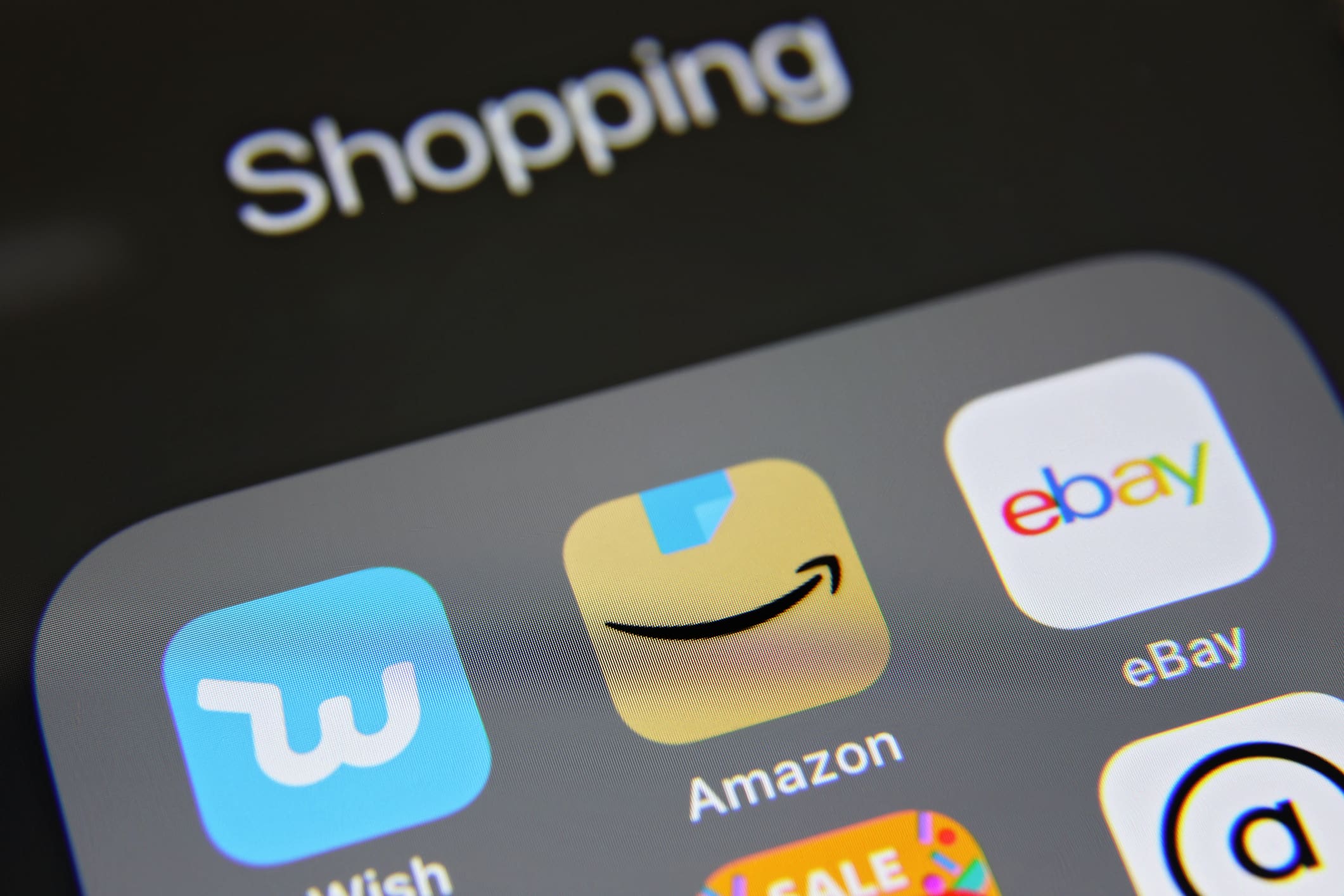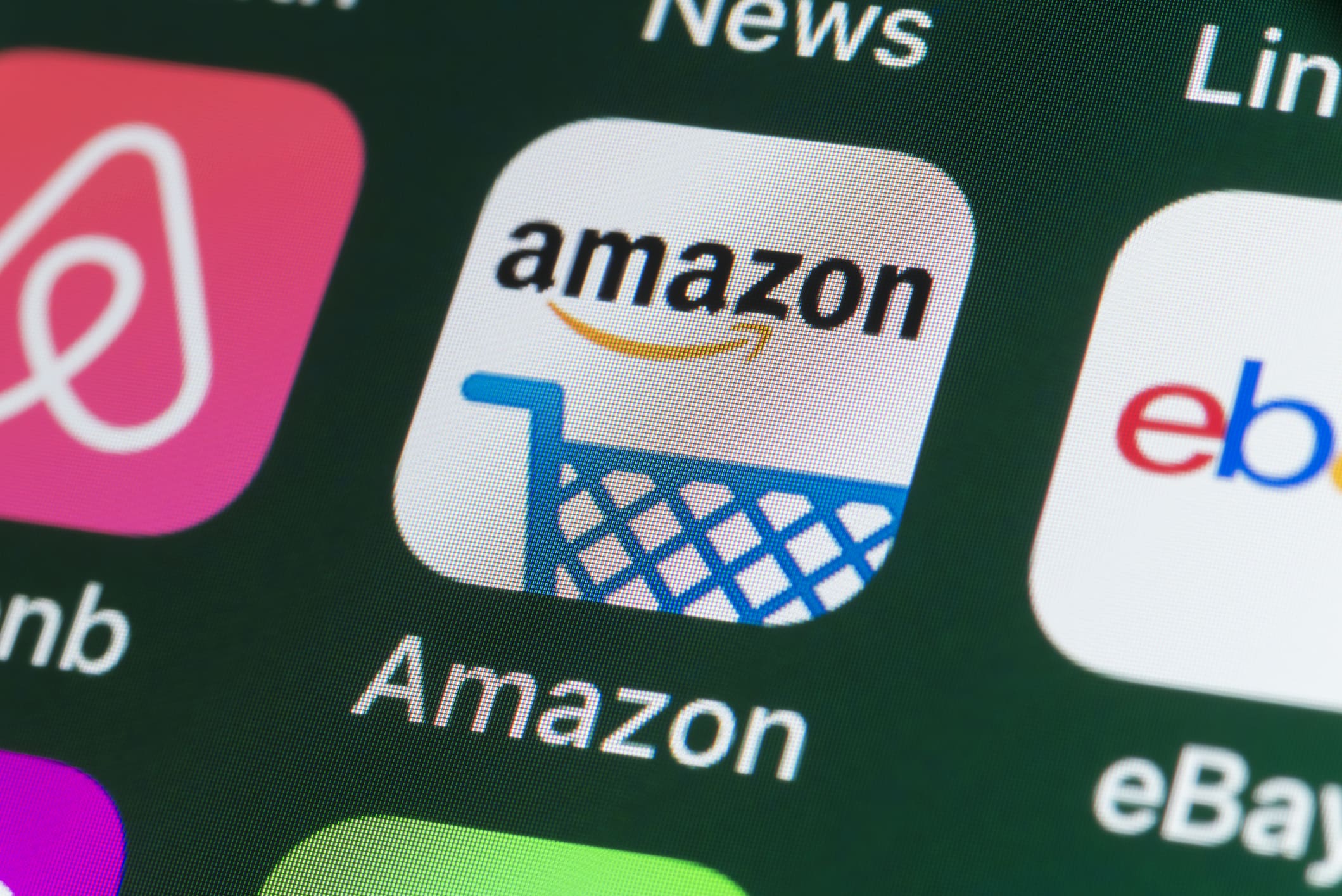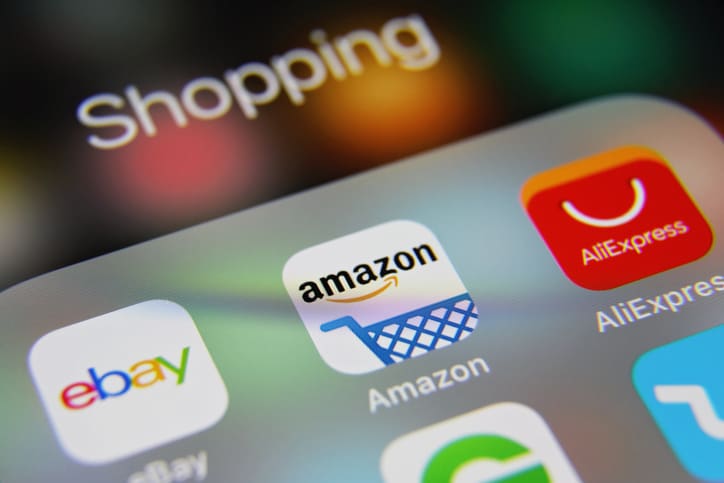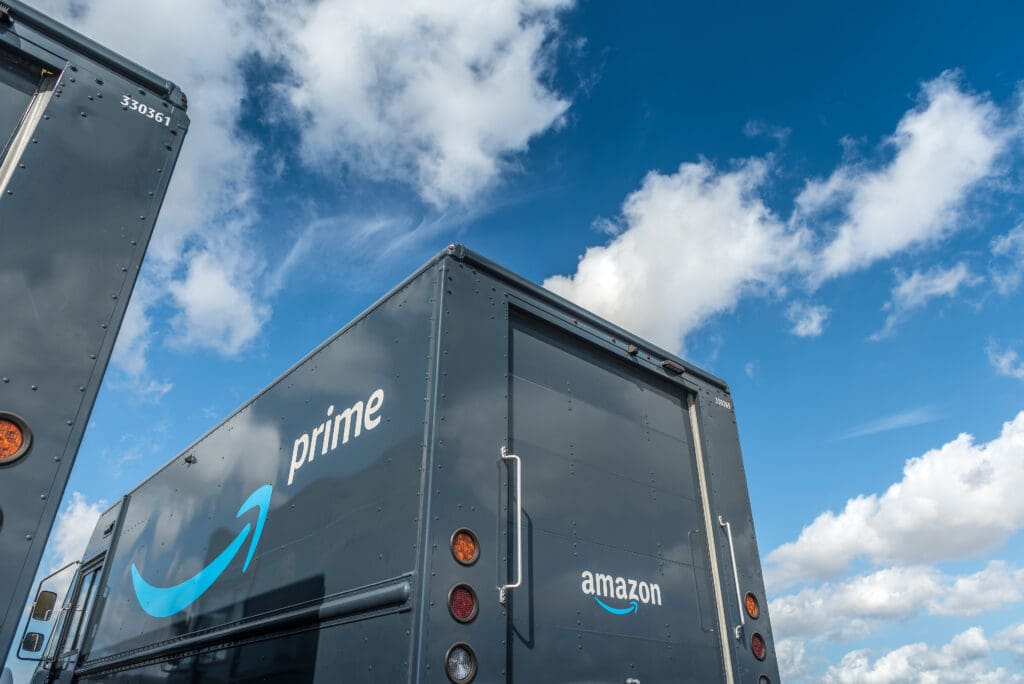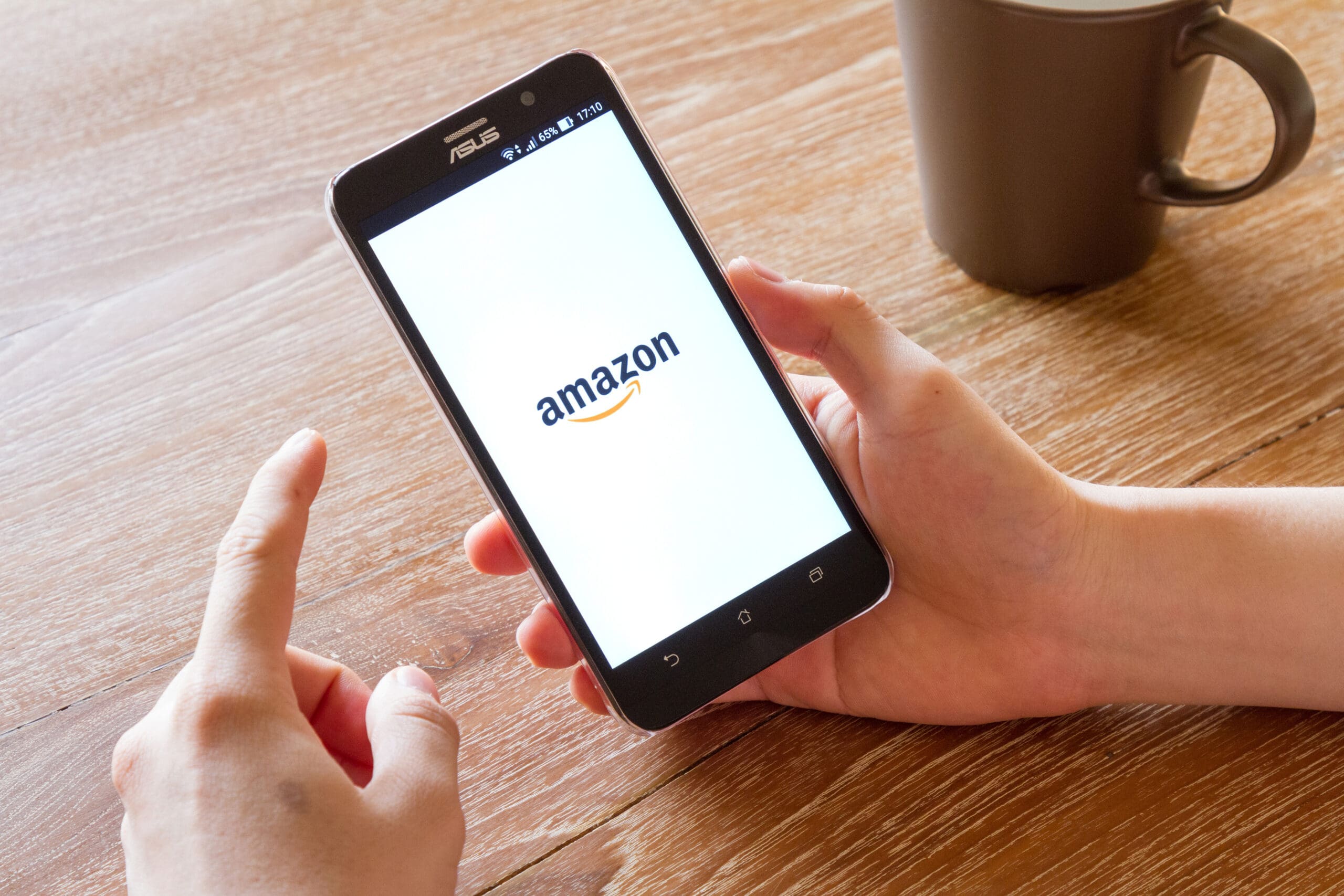It only takes a few minutes for your brand to reach millions of people all over the world. Amazon Pay-per-click (PPC) advertising has amazing potential, with a massive reach and the ability to target specific audiences.
What can you do to make the most of it?
Investing in PPC can provide a great return for your eCommerce brand, but it’s also a simple way to lose money if you don’t approach it wisely.
Here’s an introduction to Amazon pay-per-click marketing to help you make sure you’re doing it correctly.
What is Pay-Per-Click (PPC) Advertising
Amazon Pay-per-Click (PPC) advertising is a part of Amazon’s internal ad system. Brands, agencies, and third-party sellers can use Amazon PPC to create advertisements for their products that appear in Amazon’s search results and competitor product listings.
Sellers can then present Amazon customers who are ready to buy with relevant products at the point of sale, and then measure the performance of their ads to determine which specific ads are driving conversions. It’s a highly effective marketing strategy used by many smart Amazon sellers
How Much Does PPC Advertising Cost?
When you make an investment in advertising, you want to know how much it will cost you. This is a little more difficult with PPC.
Online advertising is not the same as placing an ad in a magazine, where you pay a fee and receive a full-cover page. Instead, you only pay when you get results with PPC (someone clicking your ad).
However, with offline advertising, you typically pay a flat fee regardless of the results. You have more control over how much each truly engaged consumer costs you with PPC.
This is accomplished through an auction system. Unlike a traditional auction, however, there is no single product with a single winner — you are bidding on how high up and how frequently your ad will be visible. “Losing” the auction doesn’t mean you get no PPC space; it just means you get less.
The main takeaway here is that it isn’t just about how much you bid. The quality of your products is also important.
However, if your maximum bid is unrealistic, your ads will not be shown frequently enough to be worthwhile. The average cost per click for different keywords varies, and this should influence your bidding strategy.
AI-powered tools like eCommerce growth tools can help you estimate how much your ads will cost, so they should be used in your keyword research.
Is PPC Marketing Right for My Business?
Pay-per-click advertising, like any other form of marketing, has advantages and disadvantages. PPC should ideally be used as part of a comprehensive marketing strategy to maximize its strengths and minimize its weaknesses.
Advantages of PPC Marketing
Immediate results: Your products will reach your target audience with immediate effect.
Highly targeted: You have complete control over who sees your ads.
Simple to monitor: You can quickly monitor the success of your campaign and calculate your ROI.
Great Exposure: Paid advertisements are prominently displayed, with the potential to reach an almost infinite number of people.
Disadvantages of PPC Marketing
Long-term cost: You must pay for each click, putting you at the mercy of advertising pricing. It will add up if you do this for months or years.
Not creating an asset: When you invest in content marketing or building an email list, you are creating a valuable asset. Your success with PPC is dependent on ongoing ad spend
Steps to Launching a Pay-Per-Click Marketing Campaign
Starting your first PPC marketing campaign may feel fairly straightforward- you could do it in just a few simple steps. Remember that product and content quality is critical to the success of your campaign, so take your time and focus on each step.
- Determine Your PPC Budget
How much money do you want to spend on pay-per-click advertising?
To begin, you must establish an initial budget to allow you to test the waters. You can use some industry benchmarks as a rough guide to determine how much you’re likely to pay for each conversion.
Once you’ve determined your overall budget, set daily and lifetime spend caps for your campaigns. This is an important step in developing a PPC campaign because your budget will have a significant impact on the success rates of your ads.
If your budget does not allow you to achieve meaningful results, it may be worth considering alternative marketing methods.
- Establish Campaign Objectives
Different businesses will have different pay-per-click campaign objectives.
For example, if you’re planning a pre-launch for a new company, your goal may be to drive traffic and raise awareness. Conversions may be your primary goal if you’re selling a product on Amazon.
Because each goal has a different value, the goals you set will have a significant impact on your marketing campaign. A click isn’t worth as much as a lead or a conversion, so your cost-per-click should reflect that.
Setting the right goals for your campaign allows you to better target the right audience and accurately measure your return on investment. When you use PPC, you pay for the click, not what the customer does afterward — the click costs the same whether they buy or not.
Consider who you want to click on your ad and what actions they should take. When you understand this, you can optimize your entire campaign to encourage people to take those actions, which will reduce your costs.
- Research Your Keywords
Keywords are one of the most important tools for targeting your audience, and keyword research can make or break your campaign. While you most likely have a good idea of how your customers search for your products or services, you must narrow it down to those that result in people taking action.
Keywords that attract people who are further along in the purchasing process will generally cost you more, but they will also lead to more conversions.
- Bid On Your Keywords
For example, a customer searches Amazon for “running shoes.” The auction is won by the seller with the highest bid, and Amazon will display the winning ad. Your goal is to rank first for your keyword in order to drive sales to your product. It’s a simple idea that allows sellers to put their products in the best position to succeed.
The great thing about Amazon PPC is that it uses a second-price auction system, so if you win the auction, you only pay $0.01 more than the second-highest bidder. Assume you bid $1.80 on the keyword ‘running shoes,’ and the second-highest bidder bid $1.30. When you win, you’ll only pay $1.81 each time a customer clicks your ad.
Conclusion
Pay-per-click advertising is an excellent way to quickly reach a highly targeted audience. When you strike the right balance with PPC and optimize your ads properly, it can provide an excellent return on investment and become an important part of your digital marketing toolkit.
If you don’t have the time or expertise to manage your PPC campaigns, consider using AI-powered eCommerce growth tools that will help you handle everything related to Amazon PPC Advertising. Leveraging AI for growth could help you save considerable time and money.

